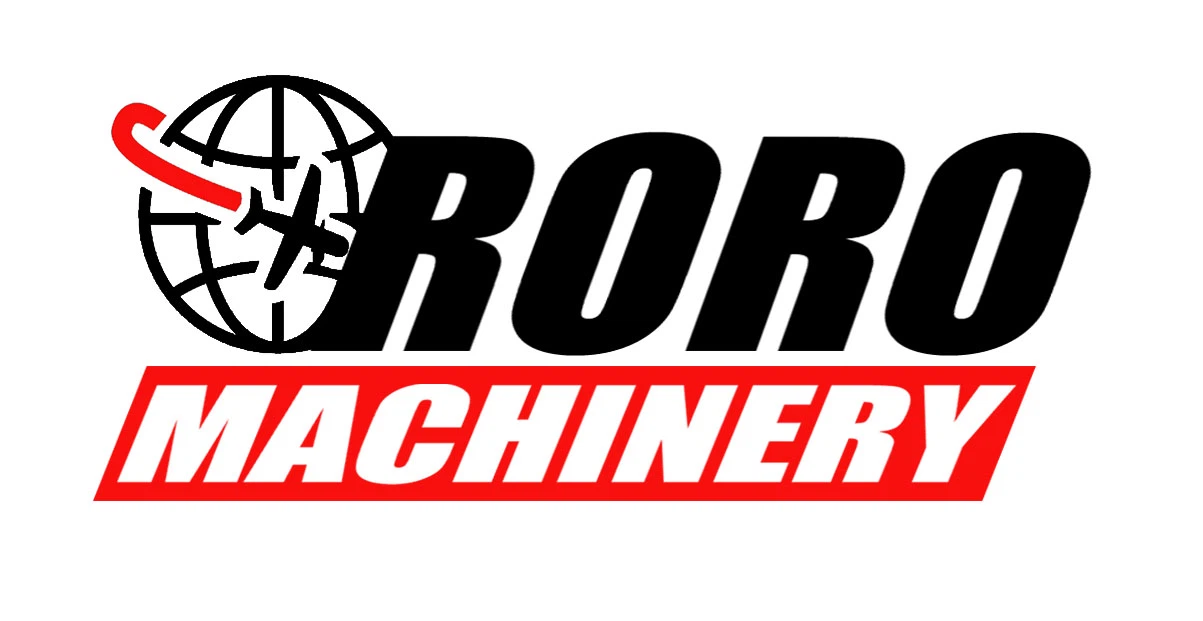What Are The Precautions For Excavator Operation (2)
Jul 31, 2023
Leave a message
It is important to slow down your speed when walking and turning on steep slopes. To minimize the risk of turning on slopes, follow these steps: when turning left, turn the left track backwards; when turning right, turn the right track backwards. By adhering to these actions, the probability of accidents while turning on slopes can be significantly reduced.
The presence of a buffer device inside the hydraulic cylinder allows for gradual release of back pressure towards the end of the stroke. This is crucial to prevent any accidents that may occur if the piston were to come into direct contact with the cylinder head or bottom due to an impact load. As a precautionary measure, it is recommended to maintain a significant clearance at the end of the stroke to minimize the risk of such incidents.
It is best to avoid using rotary motion for soil pushing operations as this can result in abnormal force on the bucket and working device. This force can lead to deformation or cracking of welds, or even breakage of pins. To prevent these issues, it is recommended to opt for other methods of soil pushing that do not involve rotary motion. By doing so, you can ensure that your equipment remains in good condition and that you can complete your work safely and efficiently.
Excavating with the body's weight can lead to abnormal stress on the slewing bearing and result in intense vibrations and impacts on the chassis, potentially causing substantial damage. Hence, it is important to avoid using hydraulic cylinders or hydraulic pipelines in such situations.
When it comes to loading and unloading heavy materials like rocks, it is important to follow certain guidelines. One such guideline is to ensure that the material is unloaded near the bottom of the truck carriage. Another approach is to load the soil first and then place the rocks on top. This helps in reducing the impact damage to the truck, which is why unloading at high altitudes is strictly prohibited. Following these measures not only ensures the safety of the truck but also minimizes any potential harm or accidents during the unloading process.
Upon entering the construction site, the excavator operator must prioritize assessing the geological conditions of the working area and its surroundings. It is crucial to ensure that there are no obstructions within the excavator's rotation radius, as this can lead to accidental scratches or damage to the vehicle.
When working, it is crucial to ensure the track is stable and avoid tipping or collisions by confirming the front and rear directions. In situations where the track sinks further into the mud, a practical solution is to place a wooden board under the bucket. Utilize the bottom end of the bucket to support the track and then carefully position another wooden board under the track. This method will enable the machine to be safely driven out of the muddy terrain.
To avoid any damage to the walking motor or hose, it is advisable to avoid facing the final drive towards the excavation direction. For better stability of the machine during operation, ensure that both left and right tracks are firmly in contact with the ground. This will help improve the dynamic stability of the machine and prevent any unnecessary accidents. So, it is always best to take these precautions and ensure that everything is proper before starting any excavation or digging work.
